The National Park of American Samoa is located on the unincorporated territory of the same name, 2,600 miles south of Hawaii and 1,800 miles northeast of New Zealand. It is the only US park located south of the Equator and the one with the most diverse marine life.
Although most of the visitors explore the parts of the park that can be found on the main island of Tutuila, half of its 9,100 acres are underwater in the Pacific Ocean or on the land of the very remote islands of Ofu and Tau. These are some of the hardest to reach and most isolated places on Earth, with one weekly flight connecting them to Pago Pago, the capital of American Samoa, which is, in turn, a very remote part of the world. A vacation to American Samoa is one for nature lovers who want to explore remote parts of the world without leaving US territory.
The park originated thousands of years ago due to the ongoing volcanic and geological activity in the area, which gave way to the islands of Samoa. Almost all of the land parts of the park are covered with mixed-species ancient rainforests with an extreme variety of plants. This kind of rainforest is unique in the US and cannot be found anywhere else in the country.
The only native mammal in the National Park of American Samoa are the bats, but there are also 350 species of native birds. The National Park of American Samoa waters thrive with 950 species of fish and 250 types of corals.
What to do in the National Park of American Samoa
The best way to explore the National Park of American Samoa is with a trail map, good hiking boots, water, snacks, and sunshine.
There are trails for all levels. Some of them are really short (e.g. half an hour) and can be easily done from the main parking areas, while others can be multi-day hikes which can be organized through the homestay program the park manages.
The park’s 13 trails are well marked on a map which you can get from the Park’s office in Pago Pago across from the main petrol station in town. Click for an electronic version of the American Samoa National Park Trail Map.
As you hike the paths, you will find exhibits explaining the rock formations, the flora and the fauna of each trail along the way, and the legends and stories that the locals tell of the place. Because the Fa’a Samoa, or the Samoan Way, is so rooted in the local culture and traditionally Samoans didn’t use written language, these legends and stories are very popular and retold from one generation to the next.
Some of the parks’ wonders are underwater, and you will have to explore them by yourself as there are no such things as tours or guides to take you around. Tourism is fairly underdeveloped in American Samoa, which is both a blessing and a curse. Bring your snorkels and fins as you won’t be able to easily rent them there. There are no diving facilities on the islands, so if you wanted to dive, you would have to bring all your equipment with you. Needless to say, diving is rare.
During the months of August to November, you can spot humpback whales who make their trip from the warmer tropical waters of the South Pacific to Antarctica. While swimming with whales is a common activity you can do in other places like Tonga, you will most likely be the only one there in American Samoa. You can spot the mother and calf from the surface or jump into the water. Humpback whales are very intelligent animals. They are aware of humans and very playful and curious, so do not be surprised if they get real close to you.
If you like to surf, American Samoa has some incredible surf and practically no other surfer around. The waves will be all yours. Again, as there is no infrastructure, you have to bring your board and everything else with you and be careful of the reef breaks. Surfing here is perhaps the Pacific’s best-kept secret.
How to explore the National Park of American Samoa
Getting to American Samoa is an adventure. The island is only connected to Samoa, 30min away by plane, or Hawaii, and so planning is essential. To get to Tau or Ofu, on the Manua’a Islands, you will need to plan extra ahead as there is only one propeller flight a week from Polynesian Airlines connecting Tau to Pago Pago and it gets regularly fully booked. Tales of passengers being bumped off the plane because the maximum weight had been reached are not uncommon. Once on Tau, you need to ask a local fisherman to take you to the other islands. Accommodation on these islands is also very limited, with a small B&B at the end of the airport runway in Tau run by a foreign couple. More accommodation options can be found here.
If you prefer to stay on the main islands of Tutuila, exploring the park will be easy as the trails are well marked, and the staff at the park’s offices and the tourism office are very helpful. American Samoa only receives 5,000 visitors a year, so you can expect to have the trails all by yourself. That also means that you should be extra careful as if something happened, you may not find other visitors to help you straight away.
For a real local experience, you can organize a longer time in the park, which includes village homestays. Some of the villagers who are part of the program open their houses to visitors, and you can stay and eat with them while sleeping in a traditional fale house (a hut without walls) that can only be found in Samoa and American Samoa.
What You Should Know
The weather in Samoa is almost the same all year round with drier months from July to September when the precipitation is about 40% less than during the rest of the year. Rainfall in Pago Pago is the same all year round and very high. The harbor is located under Rainmaker Mountain and the mountain did get its name from its specific meteorological powers. The temperatures do not change through the year and always remain between 75 and 85 Fahrenheit.
The waters around American Samoa and the park itself can be very rough with permanently high waves, strong currents, and tidal waves. Be careful when swimming in the open sea as the currents can change dramatically and instantly. If you can, always swim with a companion.
There are some culturally sensitive matters and traditions that you should respect while on American Samoa.
- Always ask villagers for permission when crossing their land. This may be obvious at times because there are fences that need opening but not so clear sometimes. Always best to chat to any locals you see to better understand the customs.
- Samoans do not bathe in swimming suits so try to be modest and even get into the water with shorts and a t-shirt if it is in the main village.
- Sundays in the Pacific are sacred and they are reserved for rest. A lot of the countries in the area forbid any type of work or effort and in American Samoa, swimming may not be allowed in some villages. Always ask locals
- Do not eat or drink while crossing a village.
- If you are in a village when the evening prayers take place, stop and wait for them to end.
- Search for Great Tours HERE
- Book Your Accommodation HERE
- Log your park visits with a Passport To Your National Parks
- Get a Car Rental
- Buy Travel Insurance
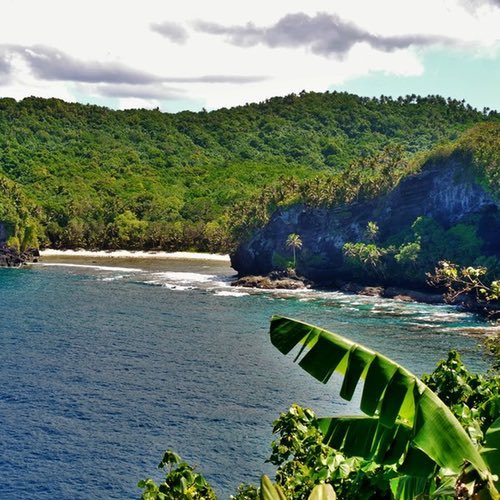
Leave a Reply
Tags: american samoa, american samoa national park, article, national park


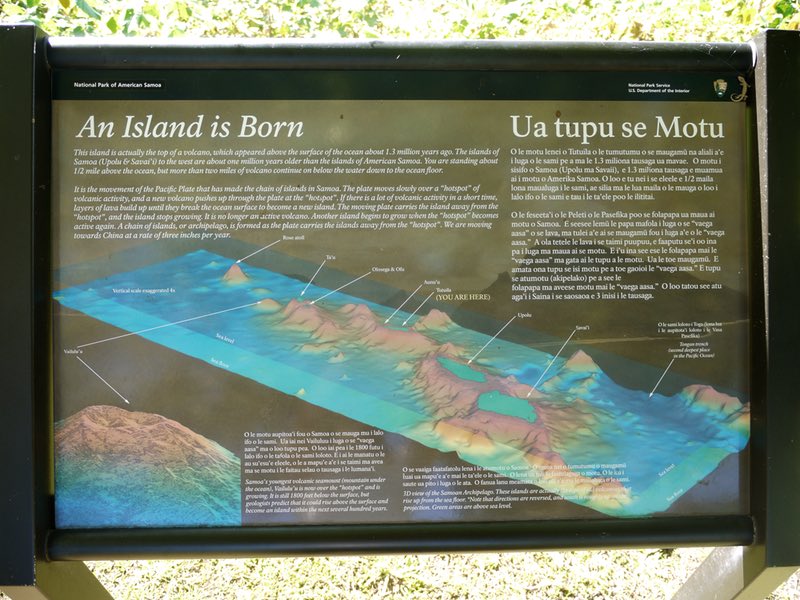

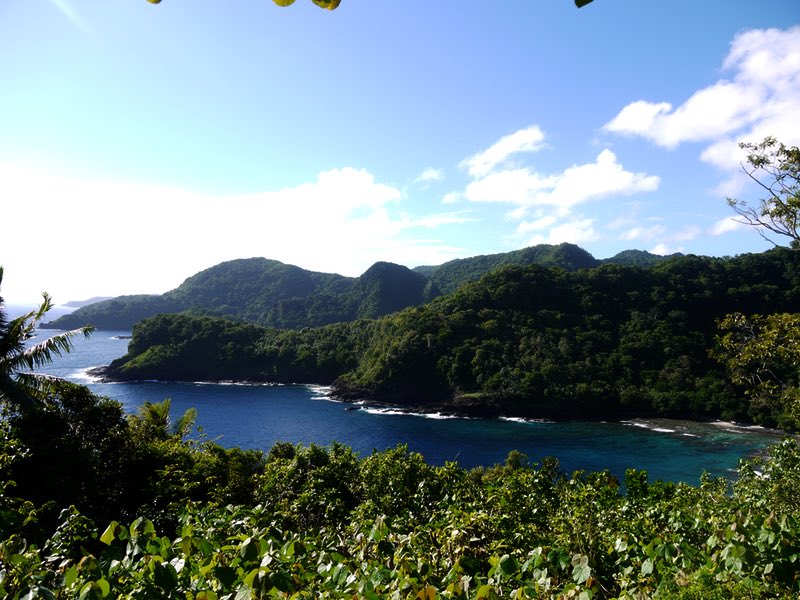
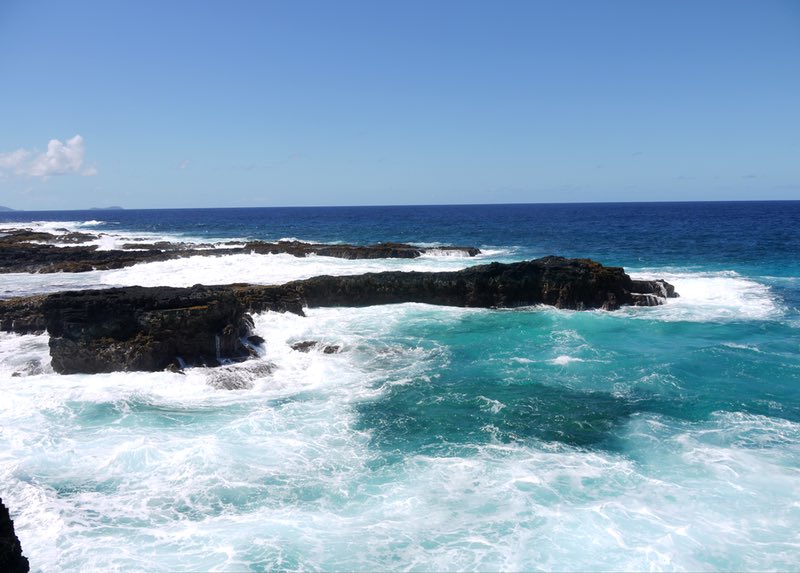
 National Park Road Trip in the American Southwest
National Park Road Trip in the American Southwest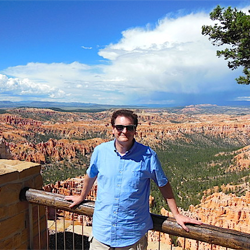 Las Vegas to Zion National Park and Bryce National Park Day Trip
Las Vegas to Zion National Park and Bryce National Park Day Trip 36 Hours at Yosemite: A First Time Visit To America’s Famous National Park
36 Hours at Yosemite: A First Time Visit To America’s Famous National Park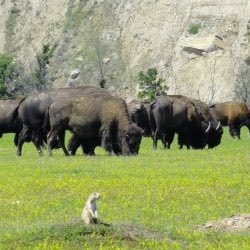 North Dakota and Theodore Roosevelt National Park
North Dakota and Theodore Roosevelt National Park
